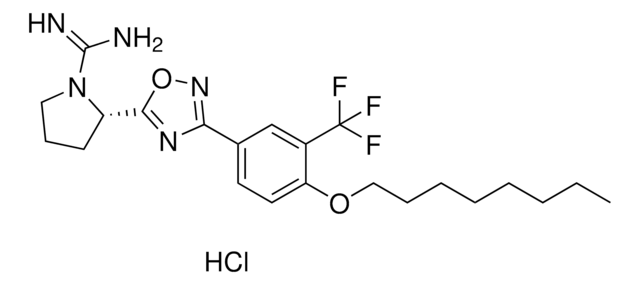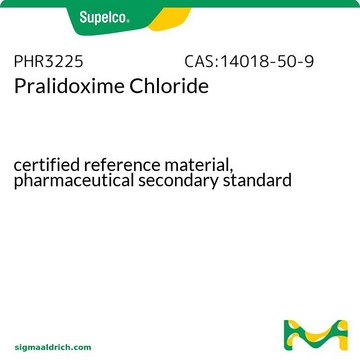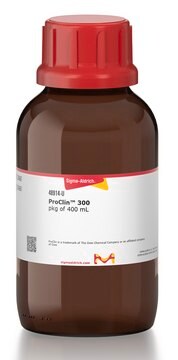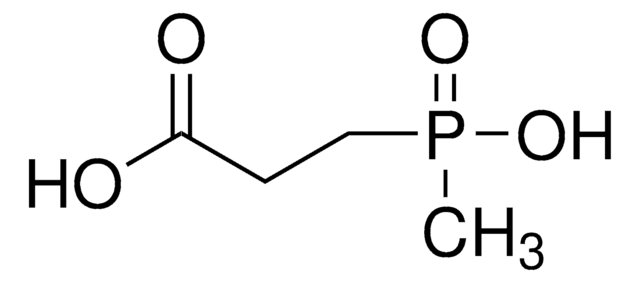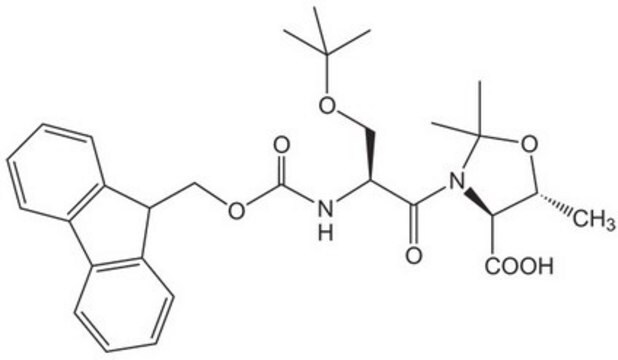SML0224
HI-6
≥98% (HPLC)
Sinónimos:
1-[[[4-(Aminocarbonyl)pyridinio]methoxy]methyl]-2-[(hydroxyimino)methyl]-pyridinium chloride, 4-Carbamoyl-1-[[[2-[(hydroxyimino)methyl]pyridinium-1-yl]methoxy]methyl]pyridinium dichloride, Asoxime chloride, HI 6, HI 6 chloride, HJ 6, Transant
About This Item
Productos recomendados
Quality Level
assay
≥98% (HPLC)
form
powder
color
white to beige
solubility
H2O: 15 mg/mL (clear solution)
shipped in
wet ice
storage temp.
−20°C
SMILES string
[Cl-].[Cl-].NC(=O)c1cc[n+](COC[n+]2ccccc2\C=N\O)cc1
InChI
1S/C14H14N4O3.2ClH/c15-14(19)12-4-7-17(8-5-12)10-21-11-18-6-2-1-3-13(18)9-16-20;;/h1-9H,10-11H2,(H-,15,19);2*1H
InChI key
QELSIJXWEROXOE-UHFFFAOYSA-N
General description
Biochem/physiol Actions
Storage Class
11 - Combustible Solids
wgk_germany
WGK 3
flash_point_f
Not applicable
flash_point_c
Not applicable
Elija entre una de las versiones más recientes:
¿Ya tiene este producto?
Encuentre la documentación para los productos que ha comprado recientemente en la Biblioteca de documentos.
Nuestro equipo de científicos tiene experiencia en todas las áreas de investigación: Ciencias de la vida, Ciencia de los materiales, Síntesis química, Cromatografía, Analítica y muchas otras.
Póngase en contacto con el Servicio técnico
